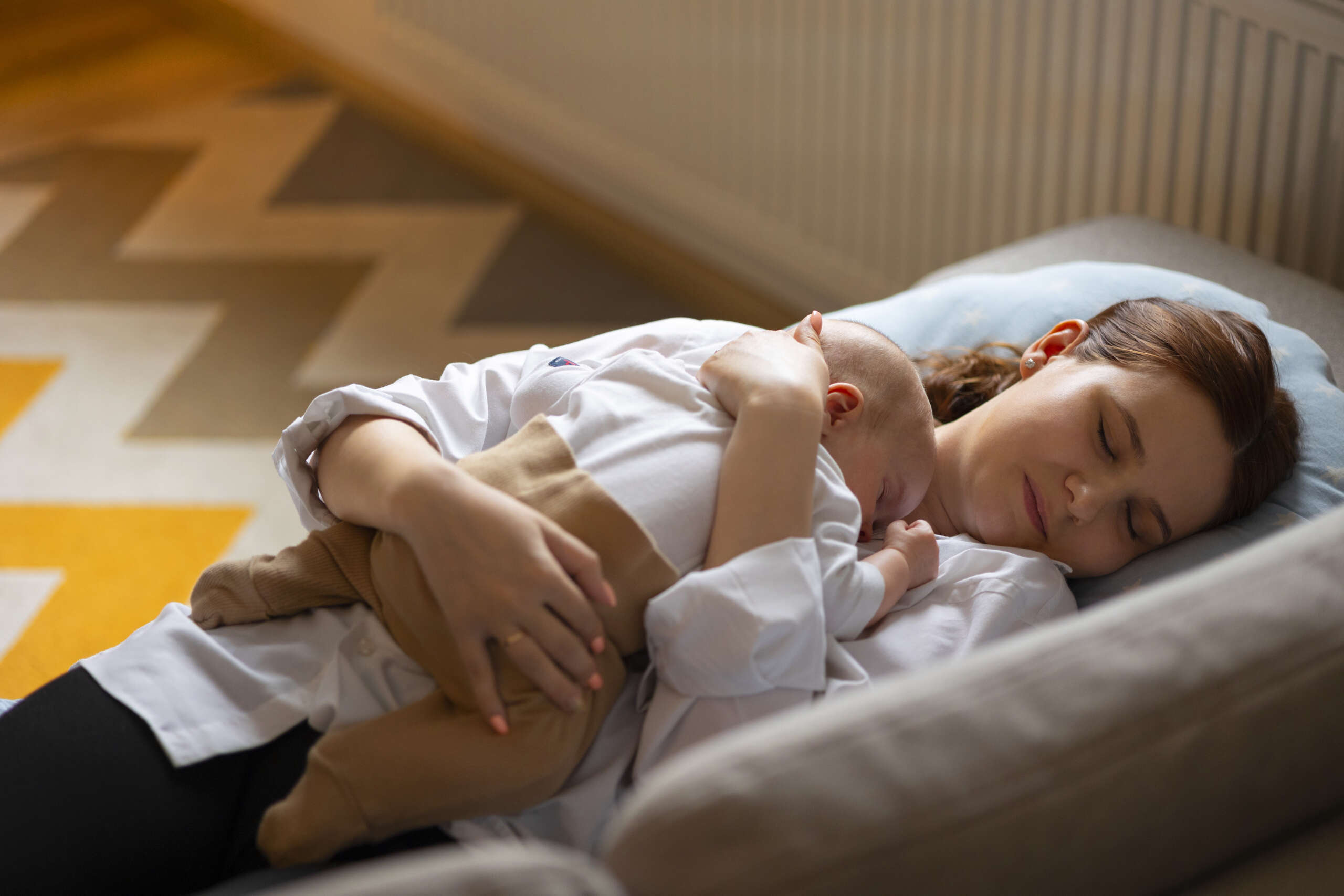The night we brought our daughter, Zoe, home from the hospital is etched in my memory. As I laid her gently in her crib for the first time, a wave of anxiety washed over me. Was the mattress too soft? Was the room too warm? What if she rolled over in her sleep?
I spent that first night barely sleeping, constantly checking on her. Looking back, I realize my fears were normal, but I wish I’d known then what I know now about creating a safe sleep environment for newborns. So, let me share what I’ve learned, in hopes it might help ease your worries and ensure your little one gets the safe, restful sleep they need.
First and foremost, remember this mantra: “Back is best.” Always place your baby on their back to sleep, for every sleep, including naps. This simple action dramatically reduces the risk of Sudden Infant Death Syndrome (SIDS). I know it can be tempting to let them sleep on their tummy if that’s how they seem most comfortable but trust me, it’s not worth the risk.
Next, let’s talk about the crib or bassinet. The mattress should be firm and fit snugly in the frame. Avoid using any soft bedding, including pillows, blankets, or crib bumpers. I know those fluffy bedding sets look adorable in the store, but they’re not safe for newborns. Instead, use a fitted sheet and consider a sleep sack or wearable blanket to keep your baby warm.
We learned this the hard way when my mother-in-law gifted us a beautiful, plush blanket. It broke my heart to explain we couldn’t use it, but Zoe’s safety came first. We ended up using it as a play mat during tummy time instead.
Speaking of warmth, maintaining the right room temperature is crucial. Aim for somewhere between 68-72°F (20-22°C). I used to worry Zoe was cold and would pile on layers, only to find her sweaty and uncomfortable. A good rule of thumb is to dress your baby in one more layer than you’re comfortable in.
Now, here’s something I wish I’d known earlier: room-sharing (but not bed-sharing) can reduce the risk of SIDS by up to 50%. We moved Zoe’s bassinet into our room for the first six months, and it made nighttime feedings so much easier.
Another important aspect of safe sleep is keeping the crib clear of toys and loose items. I know it’s tempting to surround your baby with their favorite stuffed animals, but save those for supervised playtime. The same goes for mobiles – make sure they’re securely fastened and well out of your baby’s reach.
One thing that gave me peace of mind was using a baby monitor. We opted for one with video capabilities, which allowed me to check on Zoe without disturbing her sleep. Just be careful not to become obsessed with watching it – you need your rest too!

It’s also worth mentioning the importance of a smoke-free environment. If you or your partner smoke, now is the perfect time to quit. Secondhand smoke increases the risk of SIDS and other health problems for infants.
Lastly, don’t forget about daytime naps. It’s easy to let your guard down and allow your baby to nap in a swing or car seat, but these aren’t safe for unsupervised sleep. Always move your baby to their crib or bassinet for naps, even if it means potentially waking them.
Creating a safe sleep environment might seem overwhelming at first, but it soon becomes second nature. Remember, you’re doing this out of love for your little one. It’s okay to be vigilant – that’s part of being a parent. But try not to let anxiety overshadow the joy of these precious early days.
As I watch Zoe sleep peacefully in her big-girl bed now, those early worries seem like a distant memory. But I remember how all-consuming they felt at the time. To all the new parents out there, take a deep breath. You’ve got this. Your baby is lucky to have such caring, attentive parents.
Sweet dreams to you and your little one. Here’s to safe, restful nights and brighter mornings ahead.


